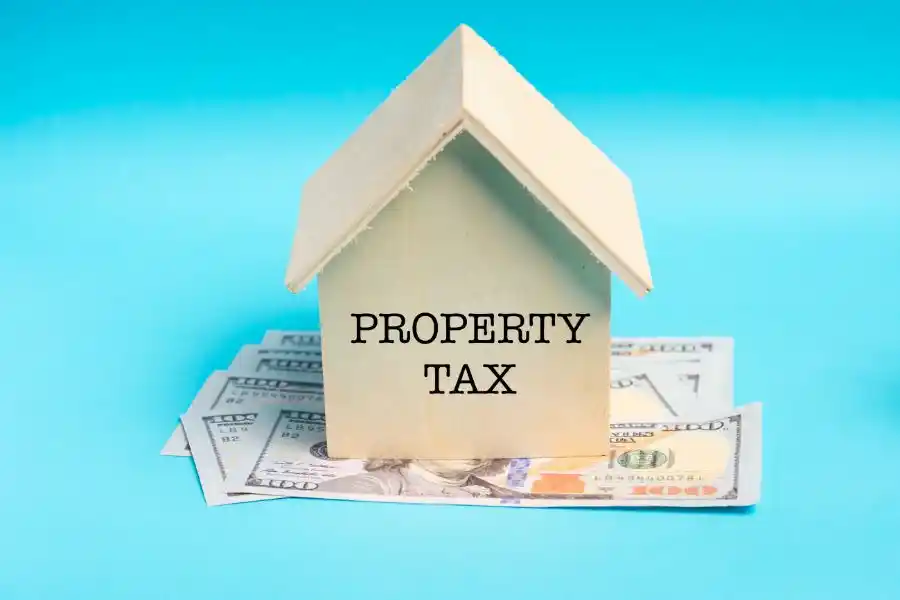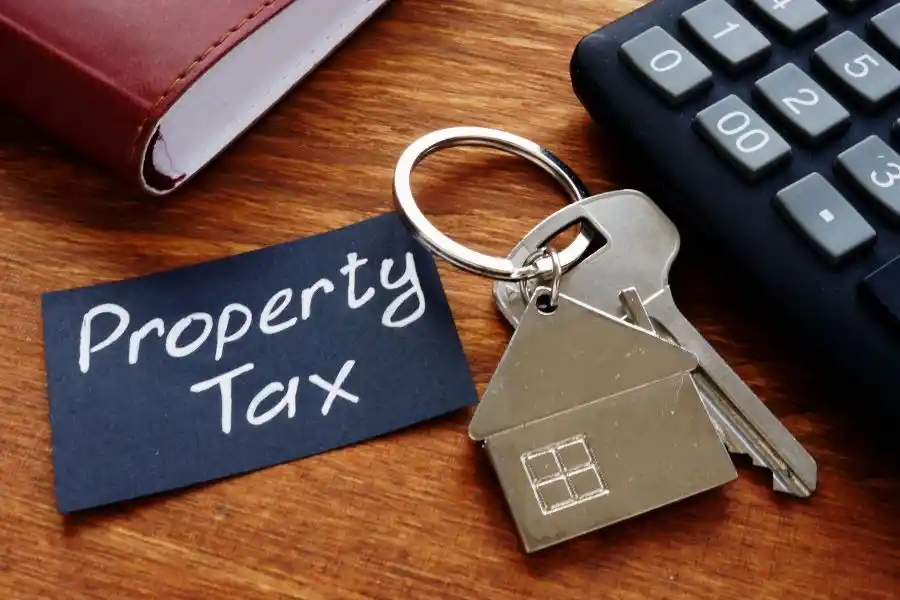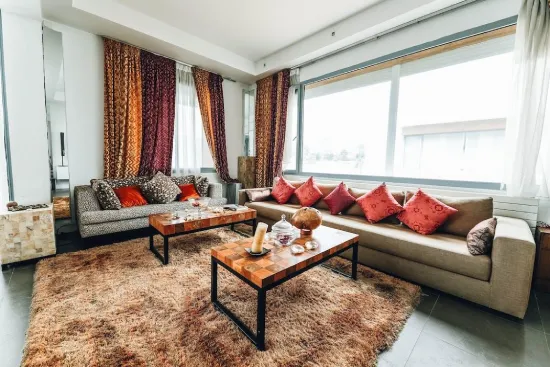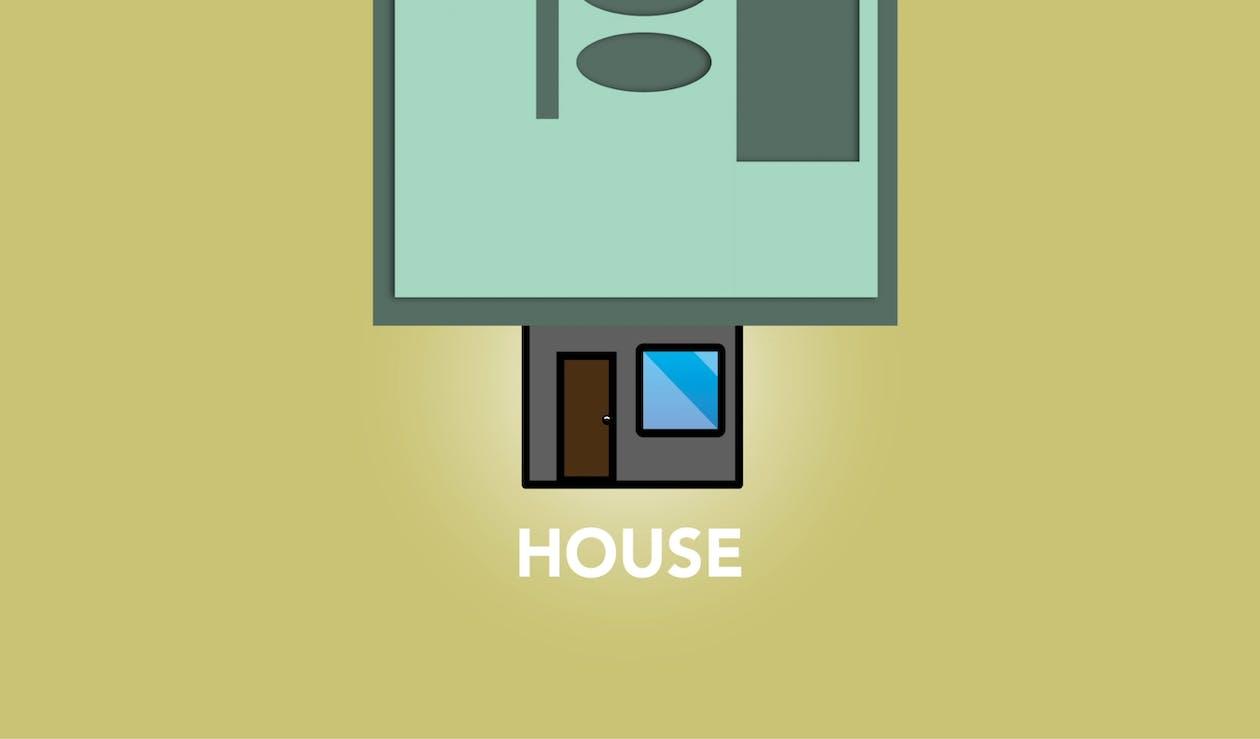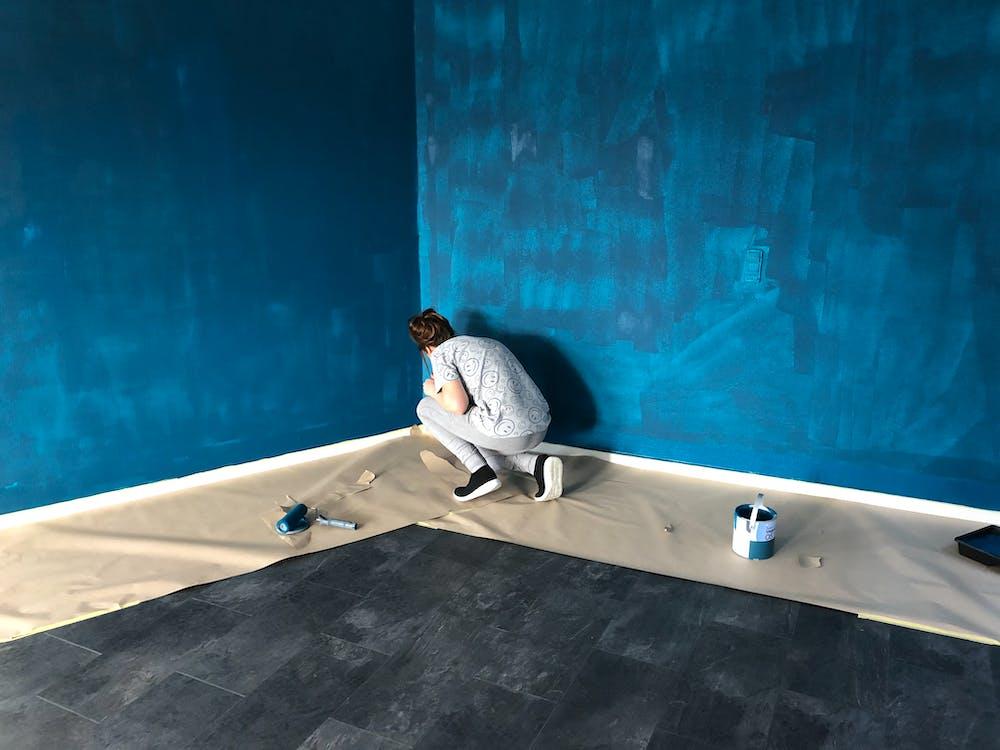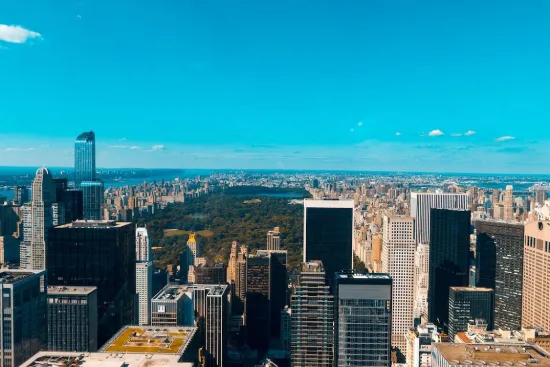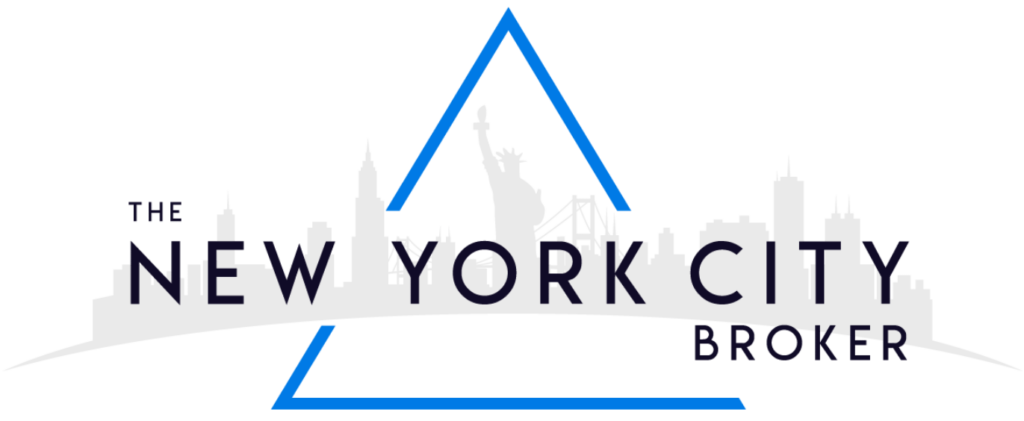What is A Co-op/Condo Reserve Fund?
Most co-op and condo buildings in NYC have two types of funds. An “active” fund or account that is primarily fed through the monthly maintenance of common charges the residents of the buildings pay. This fund is used to pay for the routine expenses and maintenance of the building.
In contrast, a reserve fund holds the money set aside for both predictable and unpredictable major capital repairs. It’s funded through the following sources:
- A segment of monthly maintenance/common charges that residential tenants pay is diverted into the reserve fund. It may be a fixed percentage of the sum left after the routine expenses.
- Many co-op and condo buildings may have retail spacesor even residential units that they directly rent out. The rent from these spaces can contribute to both operational expenses and reserve funds.
- If the co-op building has flip taxes, most (or all) of the income generated from them can be diverted to taxes.
It’s important to understand that an assessment itself is not used to fund a co-op or condo reserve. Instead, it’s used to fund a project that cannot be fully funded by the cash in reserve. There are certain laws pertaining to how reserve funds are established when buildings convert to co-ops or condos and how they should be used.
How Does it Impact Residents?
A reserve fund can directly impact a resident’s monthly living expenses. If the building needs a capital improvement project and there is not enough money in the reserve to pay for it, the building can seek other financing options. Some flexible financing options may be managed by simply raising the monthly maintenance charges, while others may require a hefty assessment to be added to the routine expenses.
Basically, it’s in a resident’s favor if the building has a hefty reserve fund. There is no rule of thumb determining how much money a building should have in the reserve fund to be considered financially stable, and different experts may have different parameters to evaluate that. Some use the number of individual units as a baseline and believe that the building should at least have a set dollar amount per unit, like $3,000 to $6,000 per unit. Others consider factors like the building’s age and how well the building is maintained before determining how much a building should have in reserve.
How Does it Impact Residents?
A healthy reserve fund tells a buyer that the building is well-funded enough to meet any unexpected expenses or fund capital improvement projects without shifting the financial burden to the residents. Buyers should evaluate a building’s financials before making a purchase decision, and a reserve fund is an important part of it. But it should never be analyzed in a vacuum. Buyers should also look into the monthly maintenance history (how often it has been raised and by how much), capital improvements, and the overall condition of the building. If the building went through major renovations just last year, even a small reserve fund may look reasonable.



